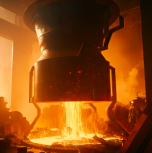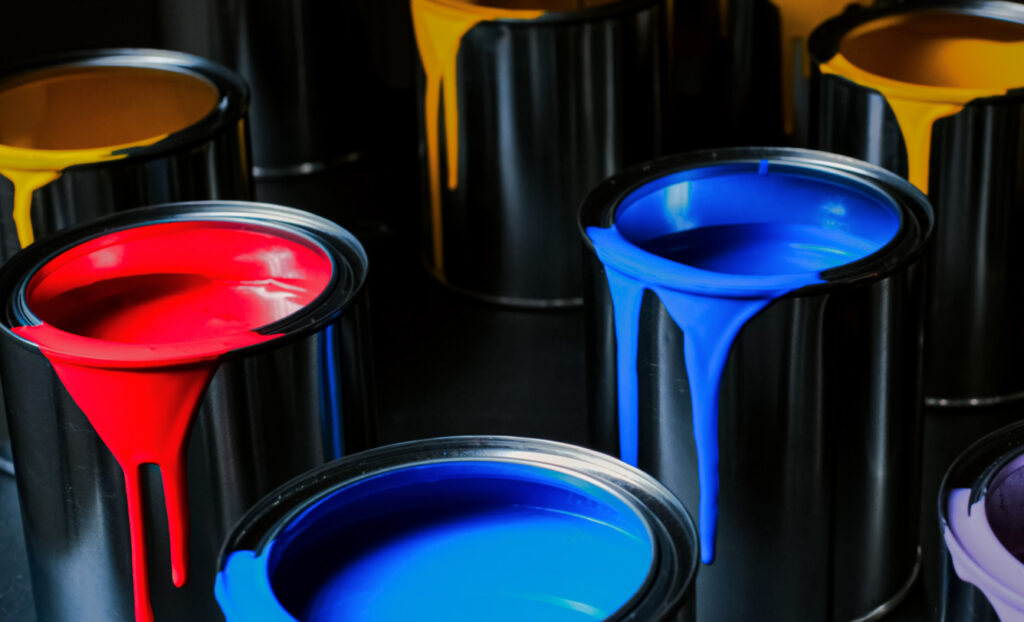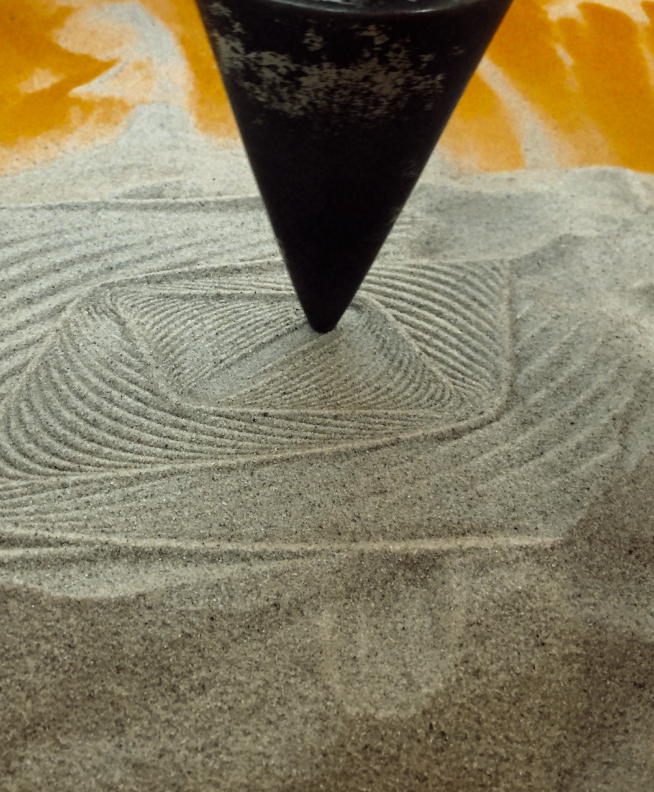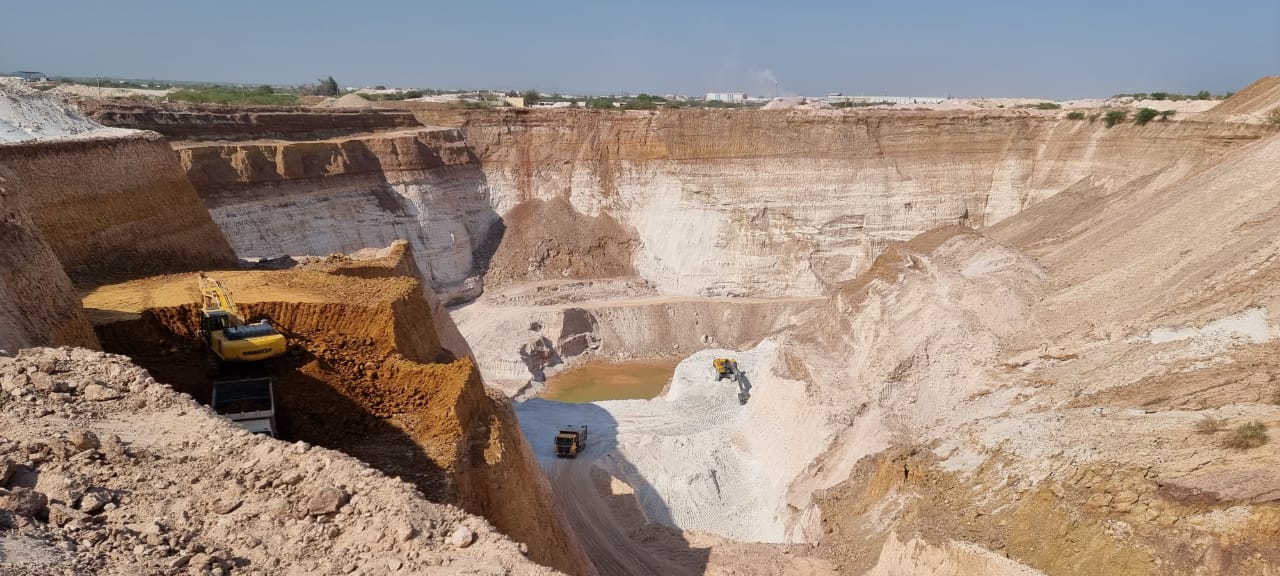Mining silica has served as the foundation for grinding and milling operations across numerous industries for decades. Traditional silica sand and silica-based grinding media have been the go-to solution for fine and ultra-fine mineral processing in both horizontal and vertical mills. However, as industrial operations demand higher performance standards and regulatory requirements become more stringent, the limitations of conventional mining silica are becoming increasingly apparent. Advanced ceramic media alternatives now offer superior performance, enhanced safety, and improved economic outcomes for modern mining and industrial operations.
Why Traditional Mining Silica Falls Short
The most significant concern surrounding mining silica is the health risk posed by respirable crystalline silica dust. When silica particles become airborne during grinding operations, they create serious occupational health hazards. The Occupational Safety and Health Administration (OSHA) has established strict permissible exposure limits for respirable crystalline silica, requiring employers to implement safety measures to protect workers from silicosis, lung cancer, black lung, and other respiratory diseases.
Beyond health concerns, mining silica presents substantial performance and economic challenges:
- Performance limitations: Irregular particle shapes and inconsistent sizing reduce grinding efficiency and create uneven wear patterns on milling equipment
- Product contamination: Broken silica particles introduce impurities that compromise final product quality
- Higher replacement costs: Mechanical properties result in increased breakage rates during operation, requiring more frequent media replacement
- Equipment wear: Irregular characteristics lead to increased maintenance costs and equipment downtime
- Compliance expenses: Regulatory requirements create significant administrative and operational burdens
How Ceramic Media Revolutionizes Industrial Grinding
Engineered ceramic grinding media options address the fundamental limitations of traditional mining silica through controlled sintering processes that create uniform, spherical particles with superior mechanical properties. These chemically inert materials completely eliminate respirable silica dust exposure while creating safer working environments and ensuring regulatory compliance. The consistent particle size and shape optimize grinding efficiency and reduce mechanical wear on milling equipment.
Key performance advantages include:
- Superior durability: Extended product life cycles reduce media consumption and handling costs
- Consistent particle characteristics: Uniform size and shape optimize grinding efficiency
- Reduced transportation costs: Lower density provides more grinding volume per pound shipped
- Equipment protection: Smooth, spherical particles minimize mechanical wear on milling components
- Application versatility: Effective performance in both horizontal and vertical mill operations
Ceramic media excels in fine and ultra-fine grinding applications for soft and intermediate mineral commodity processing, with controlled manufacturing processes allowing optimization for specific grinding requirements.
Making the Switch to Ceramic Media
The evidence demonstrates that ceramic media alternatives deliver superior performance, safety, and economic advantages over traditional mining silica solutions. For mining and industrial operations seeking to optimize grinding efficiency while ensuring regulatory compliance and worker safety, ceramic media represents the logical evolution from conventional silica-based approaches. Contact ceramic media specialists to explore how advanced ceramic solutions can transform your grinding operations and deliver measurable performance improvements.
Engineered Ceramic Solutions: CARBO Ceramics
With over four decades of manufacturing excellence, CARBO Ceramics has revolutionized industrial grinding applications through precision-engineered solutions that outperform traditional mining silica alternatives. State-of-the-art manufacturing facilities strategically located across the United States leverage advanced sintering technologies to produce consistently superior ceramic grinding media with exceptional Mohs hardness ratings and optimized density characteristics.
CARBO’s proprietary manufacturing process delivers quantifiable cost advantages, technical superiority through precise particle size distribution, and measurable durability that extends product lifecycles while reducing media consumption. The company’s commitment to American manufacturing standards ensures consistent quality control, reliable supply chains, and technical support that serves diverse global markets across more than 120 countries.
For operations seeking to transition from traditional mining silica to advanced ceramic alternatives, partnering with CARBO Ceramics provides the technical expertise, manufacturing capacity, and proven track record necessary for successful implementation and long-term operational excellence.
Frequently Asked Questions
What is mining silica and why is it being replaced?
Mining silica refers to naturally occurring silica sand used in industrial sand grinding operations. It’s being replaced due to serious health risks from respirable crystalline silica dust, which can cause silicosis and lung cancer. Modern ceramic alternatives eliminate these health hazards while providing superior performance.
How do ceramic media alternatives compare to traditional silica in terms of cost?
Ceramic media often provides lower cost per volume when considering total operational expenses. Extended product lifecycles and reduced replacement frequency offset higher initial costs. The elimination of expensive silica dust compliance measures also contributes to savings.
What are the main safety advantages of switching from mining silica?
Ceramic media eliminate respirable crystalline silica dust exposure, immediately improving workplace safety and OSHA compliance. This reduces the need for complex safety protocols and expensive dust control systems. Workers benefit from significantly reduced risk of silica-related respiratory diseases.









